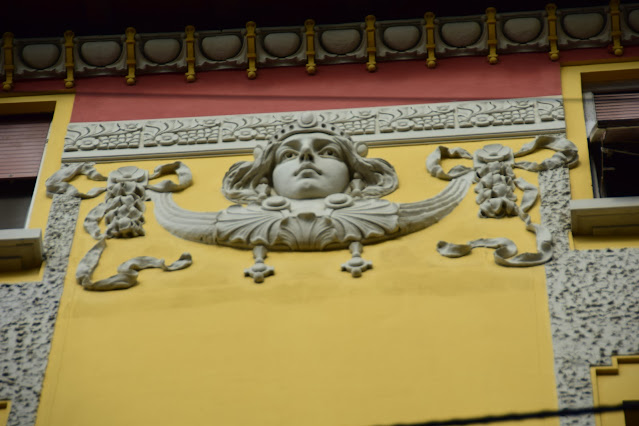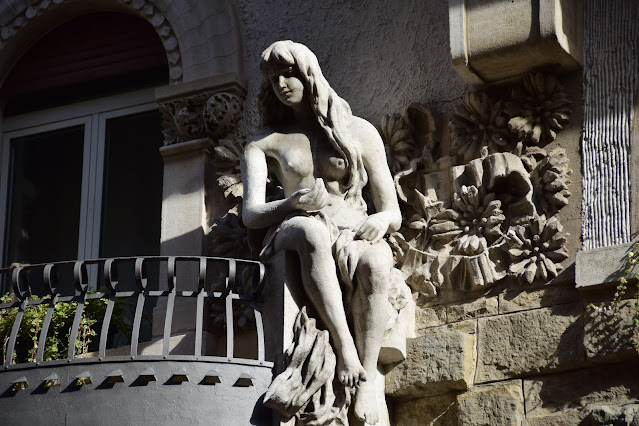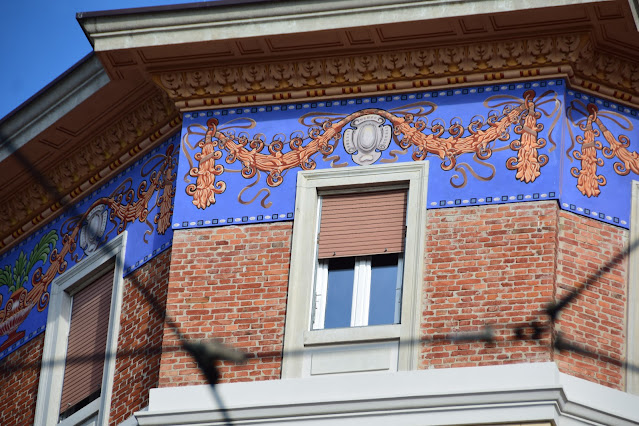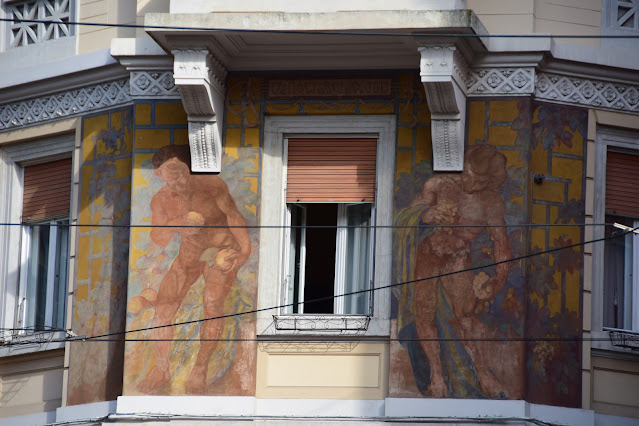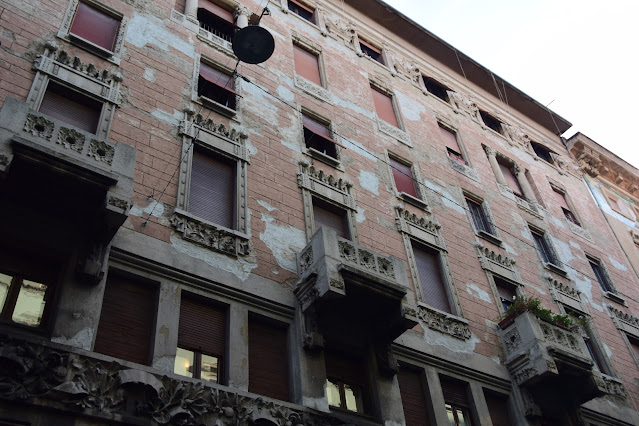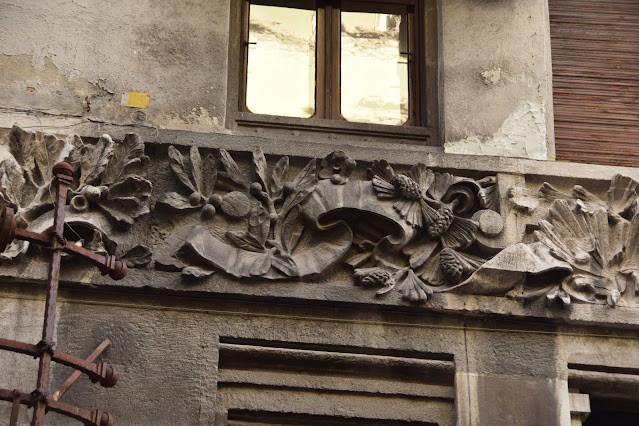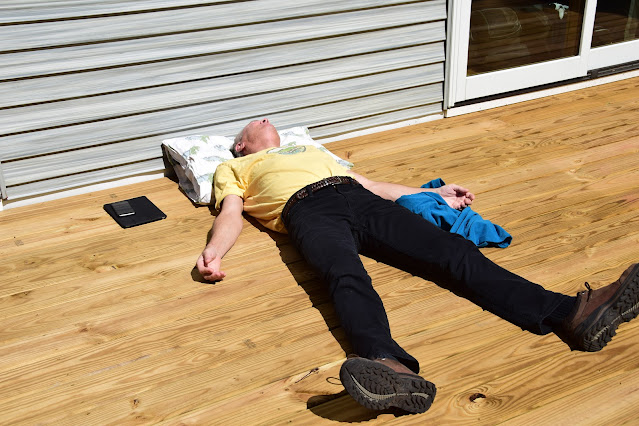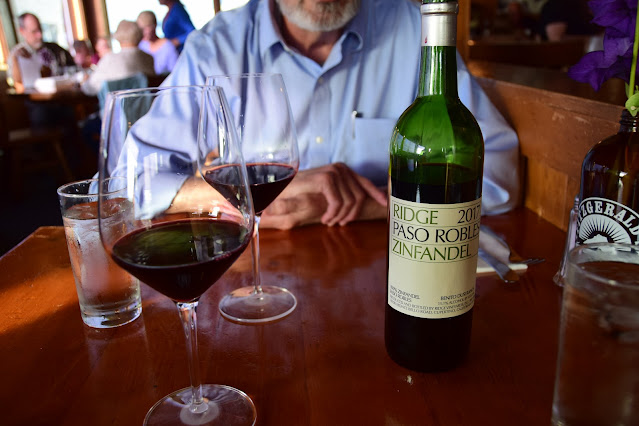"A great city that has lost its purpose is like a specialist in retirement. He potters around the house. He tinkers with this hobby or that. He reads a little, watches television for half an hour, does a bit of gardening, determines once more that he really will read Midnight's Children, get to know Beethoven's late sonatas or try for a last time to get a grip with rock. But he knows that the real energy of his life, the fascination of his calling that has driven him with so much satisfaction for so many years, is never going to be resumed. He no longer reads the technical journals, because they make him feel outdated. He no longer goes to professional conventions. The world forgetting, by the world forgot! What's it all been for he wonders? Jan Morris. Trieste and the Meaning of Nowhere, p. 167.
In October Tony and I went to Italy for two weeks. We flew into Trieste, where we stayed for three days. Then a train to Padua for three days. Another train to Arezzo for three days. Then a train to Florence for five days. We both got sick, Tony especially so. It rained a lot. It wasn't our best trip. Nevertheless we were in Italy and the notion of a meaningful life filled with adventures (and great food) returned. And hence, I return to the blog.
Tony and I first went to Trieste in 2005, when we were on a complicated route to return from Dubrovnik to Sibiu Romania. After various trains and a ferries we ended up in Trieste, which Tony wanted to visit because he had read Jan Morris's book Trieste and the Meaning of Nowhere. I knew nothing about Trieste and Tony maybe a little bit more.
Trieste is a strange Italian city, more Habsburg Empire (to which it once belonged) than Italian (where it ended up after World War I.). At that time I barely knew what the Habsburg Empire was, so I didn't pick up on the kind of strange vibe that, for Morris and to us to some degree, characterizes Trieste. Almost 15 years later, I learned that Trieste, from its Habsburg Empire days, was known for its Art Nouveau architecture, called, in Italy, Liberty style. So we decided to go back and see what was what. It turned out that Trieste is nowhere in the sense that it has shifting history of being pulled around from one country to another, once the great Habsburg port, later an Italian city in a country that already has all the ports it needs: a "colorful "polyglot proletariat" and the wisps of a died out aristocracy. But it was definitely somewhere in its colorful buildings, expansive piazzas (the one at the top of the post is Piazza Unita, the largest open-to-the-sea piazza in Europe), statues of famous inhabitants ((e.g., Joyce, Svevo, Burton). It has a feel to it that is unlike any of the other Italian cities we visited on this or other trips.
It also turned out that Trieste doesn't have great Art Nouveau architecture, though it does have a fair amount of it, along with some very exuberant eclectic Historicism. But somehow the kind of strange over-the-top feeling of some of the buildings adds to the affect. Here, in no particular order:













